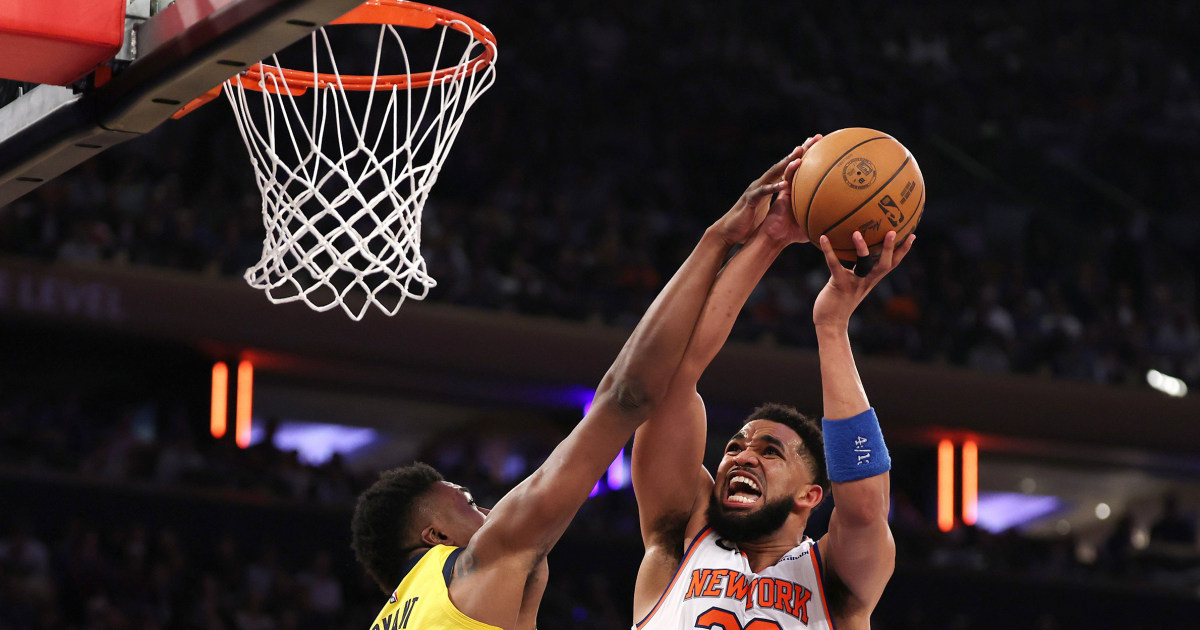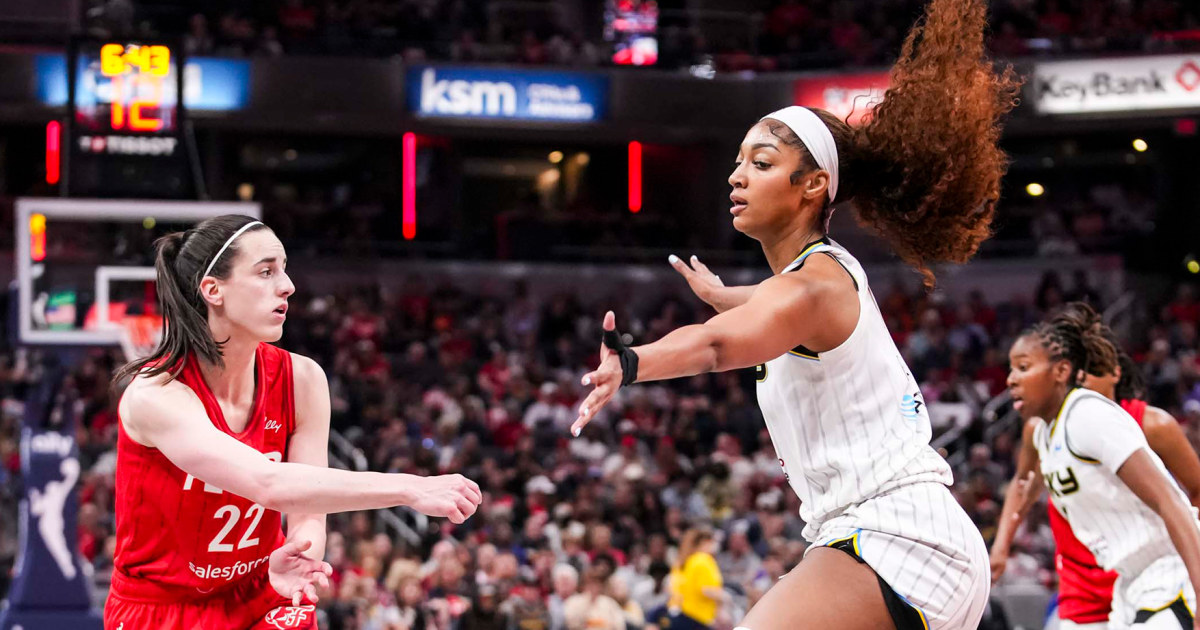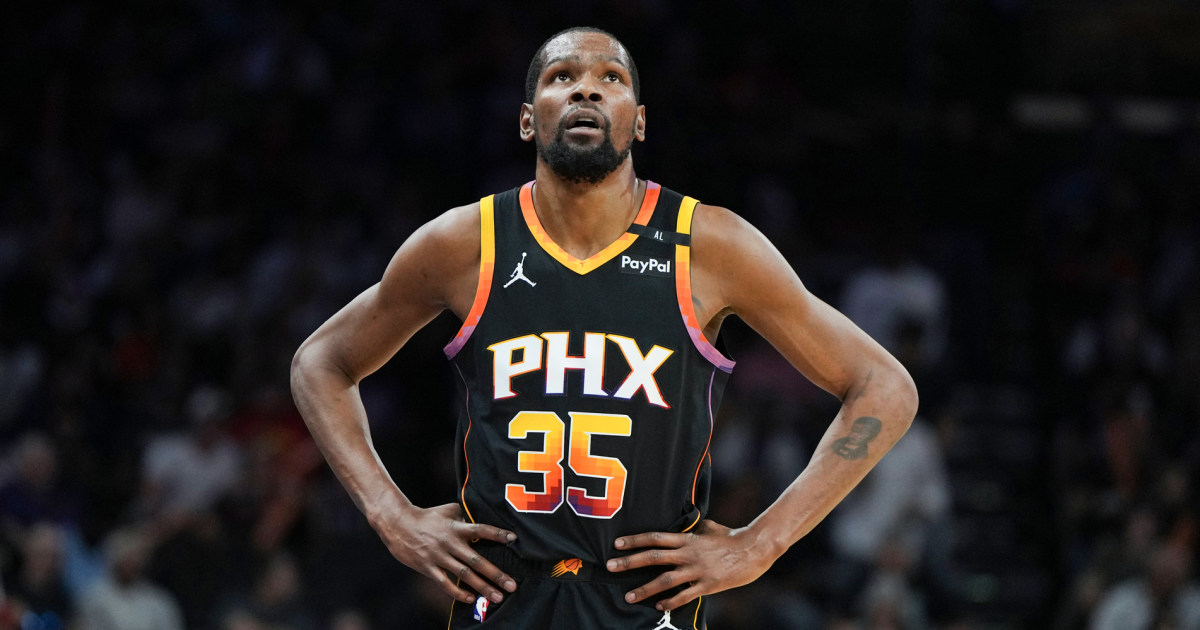Never mind the popular image of Americans as sedentary, housebound, and living on the couch. It turns out a whopping 80% of us are physically active, according to a new report from the Sports and Fitness Industry Association. That’s 247 million people getting up and breaking a sweat as opposed to just 20%, or 62 million, who remain exercise averse. It’s a continuation of a recent trend in the U.S.—and it’s fueled in part by the astonishing growth in one sport in particular.
Pickleball saw a 46% increase in players from 2023 to 2024—and a jump of 311% in just the past three years.
The authors of the report surveyed participation in 124 sports and activities from 2019 to 2024, analyzing online interviews with 18,000 people. Far and away, the researchers found, the most popular physical activity Americans choose is walking for fitness—it’s free, easy, and requires no investment at all beyond a comfortable pair of shoes. For more than 115 million active Americans, this is the exercise of choice. Next in line is trail hiking, with 63 million participants; treadmill running, at 56 million; free weights, also at 56 million; and jogging, at 51 million. Also making the top 25 are yoga (37 million), swimming (29 million), and wildlife viewing that requires considerable walking (21 million).
Read More: What’s the Least Amount of Exercise I Can Get Away With?
In terms of the fastest-growing physical activities, “racquet sports are number-one,” says Alex Kerman, senior director of research operations and business development at the Sports and Fitness Industry Association. “Tennis has been doing pretty well, and pickleball is at an unprecedented level.” Also growing quickly are pilates, trail running, and golf.
The trends in the report are heartening for Americans’ health, and, not for nothing, good news too for the marketers who supply the balls, helmets, paddles, and bats that keep us out on the greens, courts, tracks, and fields. “Profitability among companies reached new heights,” the authors of the report wrote, “with 65% reporting increased profitability in 2024—the highest percentage recorded in the past decade.”
It’s not clear what kickstarted the rise in Americans’ activity levels, but Kerman believes the pandemic contributed. With people in sudden isolation—and gyms, fitness centers, public pools, and golf courses closed for a time—Americans filled part of their downtime with activities they could do masked or alone.
“When people were staying home, one of the only things they could do was exercise,” says Kerman. “You couldn’t do every form of activity, but you could go out for a walk or a run or a bike ride.” As people began to socialize more, albeit while keeping their distance, sports like tennis and pickleball began to thrive. “We’ve been tracking pickleball since 2014,” says Kerman. “It’s risen every single year, but you didn’t see these enormous jumps til 2021 or 2022.”
Income, too, plays a role in how active people are. Jogging, walking, and hiking might be free, but activities like skiing, golfing, and scuba diving can be pricey, and that showed up in the study’s results. Among people with an annual income of $25,000 or less at the time of the study, just over 63% were active in 2024. One bracket higher, in the $25,000 to $49,999 cohort, that figure was over 73%. The numbers rise steadily into the $100,000 and up bracket, where 87% qualify as active.
Read More: What Experts Think About the Japanese Walking Trend
“Cost is the largest barrier to participation,” says Kerman. “There’s a significant difference between the lowest income level and the highest. In the past few years that gap has gotten smaller, which is great, but it clearly is still there.”
The rising tide of active Americans is lifting the boats of the recreation sector. Last year, the industry expanded by 2.9%, beating the rise in the GDP, which was 2.8%—an important benchmark of growth. “This was just the fourth time in 15 years where the industry grew more than the GDP,” says Kerman.
The report does come with some important qualifiers. The 80% of the population labeled as active was inflated by including people who engaged in a sport or activity as little as once a year. Roughly 77 million Americans, aged six and over, are considered casual participants, which is about 30% of the 247 million people classified as active. And since 20% of us are not active at all, that means tens of millions of people facing a higher risk of obesity, heart disease, and other conditions that can be associated with a sedentary lifestyle. Nonetheless, the fitness trendlines are improving—and that can pay off big. “More and more people are realizing that being physical leads to well-being,” says Kerman. “Activity means living a healthier life.”







